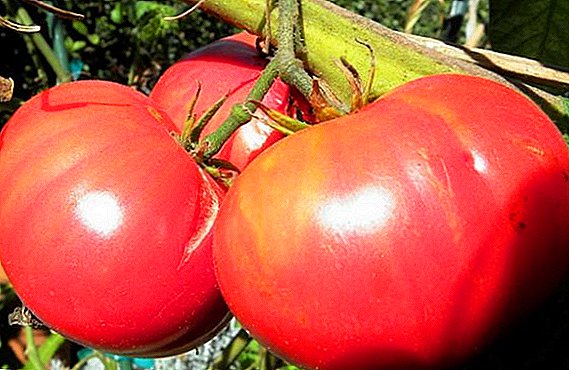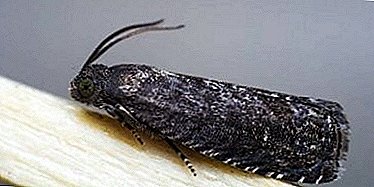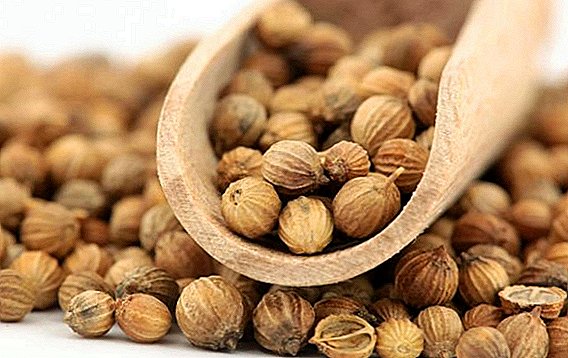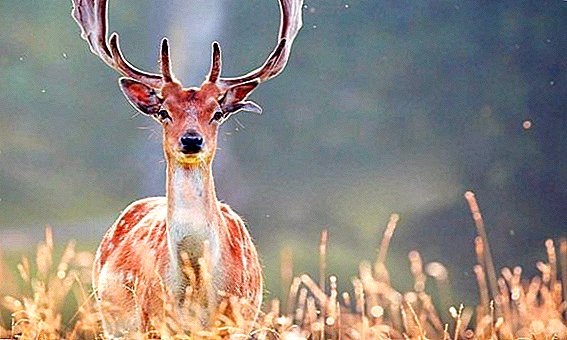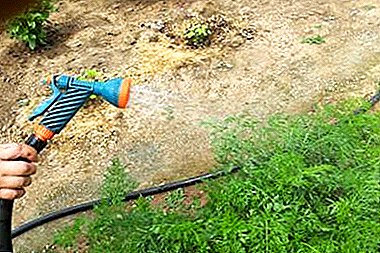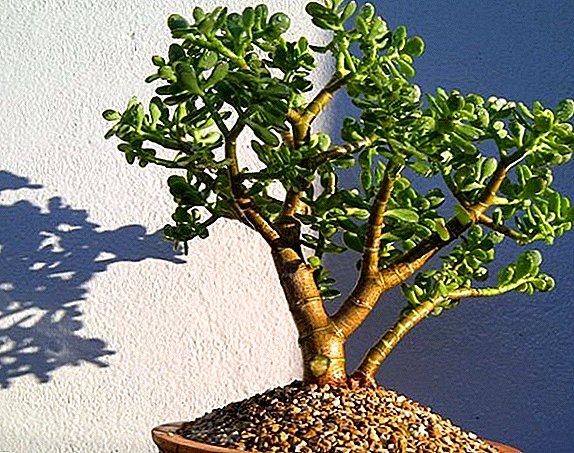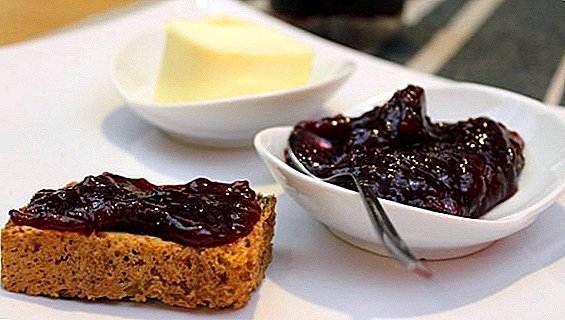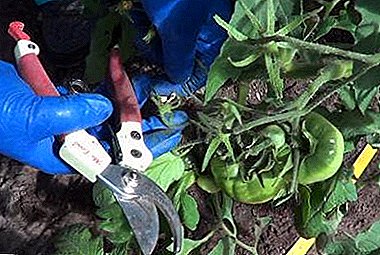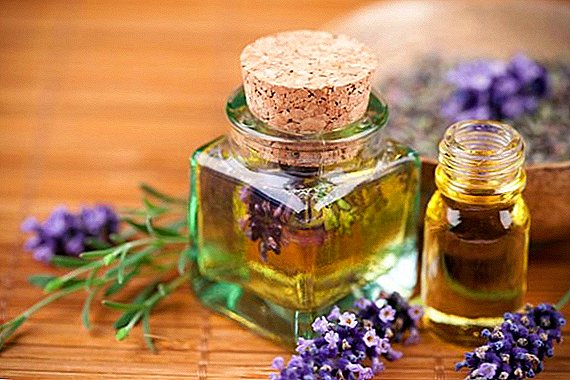 A beautiful houseplant Yucca is distinguished by a variety of species that have significant differences from each other. Therefore, if you want to diversify your home greenhouse, we suggest that you familiarize yourself with the 10 most common types of yucca palm.
A beautiful houseplant Yucca is distinguished by a variety of species that have significant differences from each other. Therefore, if you want to diversify your home greenhouse, we suggest that you familiarize yourself with the 10 most common types of yucca palm.
Yucca aloelista (Yucca aloifolia)
 Among the varieties of yucca, this species is the most popular, due to the attractiveness of this houseplant and the lack of side shoots.
Among the varieties of yucca, this species is the most popular, due to the attractiveness of this houseplant and the lack of side shoots.
Under natural conditions, aloelista yucca can be found in the southern countries of North America, in Jamaica and Bermuda, where it can grow even in very dry conditions, which immediately indicates that the plant is unpretentious to watering.
This yucca grows very slowly, but in natural conditions it can reach a height of up to 8 m. An ornamental home plant cannot boast such a tall bush, but it also characterizes an appearance resembling a tree with a spherical crown.
The stem of the flower is woody, the leaves are very stiff, fibrous, they create a very dense and attractive rosette. At the same time they have a dark green color, jagged edges and one spike at the tip.
Aloellite yucca also has very attractive flowers that appear in summer and are distinguished by a creamy white color with a purple tinge. The inflorescences of the plant are paniculate, the flowers are bell-shaped, rather large.
Important! For reproduction of yucca, you can use not only the seeds, but also the upper part of the stem or daughter rosettes, which are formed on a stiff stalk. For rooting, you just need to leave it in a pot of wet sand.
Yucca whipple (Yucca whipplei)
 This type of houseplant can also be found in natural conditions in the southern part of the Americas.
This type of houseplant can also be found in natural conditions in the southern part of the Americas.
Yucca Whipple is a bushy plant with a short stem. Also distinguished by fibrous leaves, which are collected in large rosettes and have a greenish-gray color. Blossoms the same as the above described type of yucca.
Did you know? Yucca is an excellent remedy for skin dermatitis. As a medicine, it is recommended to use the leaves of the plant, which are ground to a mushy state and are applied to the problem areas on the skin.
Yucca beak-shaped (Yucca rostrata)
 The beak-shaped yucca in a house can grow to very large sizes and is characterized by a very lush crown. Its crown is decorated with a large number of leathery and very long leaves, which are also very thin and narrow, characterized by the presence of bulges in both directions.
The beak-shaped yucca in a house can grow to very large sizes and is characterized by a very lush crown. Its crown is decorated with a large number of leathery and very long leaves, which are also very thin and narrow, characterized by the presence of bulges in both directions.
This is a variegated yucca, since its leaves, in addition to the spinous surface, are distinguished by a striped color with yellow edges.
Like all other species, the beak-shaped Yucca in summer pleases with beautiful blooms. Peduncle with attractive white paniculate inflorescences can rise very high above the "crown" of the houseplant. He has practically no smell.
Yucca short-leaved (Yucca brevifolia)
 This species is just a giant yucca, which naturally grows in California and Arizona and turns into a large tree up to 9 meters high.
This species is just a giant yucca, which naturally grows in California and Arizona and turns into a large tree up to 9 meters high.
An ornamental plant is also large in size, and very often it is difficult for it to fit in an ordinary city apartment, although it grows very slowly. Yucca short-leaved loves sunlight, is not demanding for frequent and abundant watering.
The leaves of the plant are strongly branched, while they are very short and densely spaced. In their form, the leaves resemble a triangle, because I have a significant expansion to the base.
On the surface of the leaves there are many grooves, which, along with the brown color and white-green edges makes them particularly attractive. But it also attracts with its flowering, which appears on a short peduncle and is distinguished by a pale yellow color.
Important! In the care of yucca is very important not to overdo it with watering. In winter, you can water the plant even once in two weeks. In summer, watering increases, but only after the soil in the pot dries to a depth of 5 cm. At the same time, watering is better to do abundant, but rare, otherwise yucca roots from excessive moisture may rot.
Yucca filamentous (Yucca filifera)
 The homeland of this species of yucca is Mexico. In nature, the yarn of yucca can reach 10 meters in height, is distinguished by strong branching of the leaves at the top of the tree-like stems.
The homeland of this species of yucca is Mexico. In nature, the yarn of yucca can reach 10 meters in height, is distinguished by strong branching of the leaves at the top of the tree-like stems.
Thick leaves of yucca are distinguished by a dark green color, as well as the presence of attractive filaments at the edges. The plant usually blooms in summer, forming very long, hanging inflorescences with cream-colored flowers.
Yucca filamentous (Yucca filamentosa)
 The filamentous yucca also settled in our apartments after moving from North America, however, thanks to this, the plant has good resistance to pests and drought, it is very fond of heat and sunlight.
The filamentous yucca also settled in our apartments after moving from North America, however, thanks to this, the plant has good resistance to pests and drought, it is very fond of heat and sunlight.
As such, the plant has no stems, because a huge number of leaves that have a bluish-green color grow right from the ground. Evergreen yucca leaves are also distinguished by the presence of a pointed top and a large number of very thin white threads that twist around their edges.
Flowering appears on the plant 1-2 times a year, while the peduncle is formed very high and densely covered with yellowish-white flowers. After flowering, the fruits of a round shape are formed on the plant.
Yucca glorious (Yucca gloriosa)
 Flower growers often call this type of yucca the "Spanish dagger". The shape is either a spherical bush, or a small attractive tree with a spherical crown.
Flower growers often call this type of yucca the "Spanish dagger". The shape is either a spherical bush, or a small attractive tree with a spherical crown.
The stem is tree-like, often solitary, but very often branches are formed near it, which makes the plant look like a bush. The leaves are located on the crown is very thick, because of their length, they bend downwards.
This tree yucca also blooms predominantly in summer with a large amount of sunlight and is distinguished by bell-shaped flowers, gathered in paniculate inflorescences and painted in a delicate cream color with a purple tinge.
Did you know? The value of a yucca plant also lies in its ability to purify the air in the room in which it grows. Therefore, it is recommended to grow in the children's room, as well as in the kitchen.
Yucca elephant (Yucca elephantipes)
 Yucca ivory is the most interesting for home floriculture, as this species is widely applicable in traditional medicine. Its juice is the basis for the production of hormonal drugs. But, besides medicinal properties, its coarse leaves are also used to make strong ropes.
Yucca ivory is the most interesting for home floriculture, as this species is widely applicable in traditional medicine. Its juice is the basis for the production of hormonal drugs. But, besides medicinal properties, its coarse leaves are also used to make strong ropes.
The plant is distinguished by a tree-like stem, at the top of which a strong branching of light green color from fibrous leaves is formed. At the ends of the leaves there is a large number of notches, at the top there is a spike. During flowering, indoor ivory yucca has flowers of white color with an attractive yellow border.
Gray Yucca (Yucca glauca)
Another evergreen room yucca with a bluish-green color of dense rosettes of leaves, which gave the name to the plant.
The edges of the leaves are white or gray, the fibers eventually begin to peel off on them, which creates an attractive decorative effect. This species of yucca blooms in summer, forming large inflorescences with bell-shaped flowers. The color of flowers is creamy white, with a slight brown or green tint. 
Yukka Trekulya (Yucca treculeana)
Trekulya is another type of yucca, which was brought to us from South America. Its stems are tree-like, practically do not branch, but, despite this, the "crown" of the plant is lush, which is possible due to the dense rosettes of leaves.
 The leaves of yucca Trekulya leathery, have a sharp point at the end. The color of the leaves is bluish-green, they are triangular in shape, slightly curved in the part that is thinner. Blooms inflorescences cream-white flowers.
The leaves of yucca Trekulya leathery, have a sharp point at the end. The color of the leaves is bluish-green, they are triangular in shape, slightly curved in the part that is thinner. Blooms inflorescences cream-white flowers.
With such a variety of species of yucca in you can create a real greenhouse. It is most practical to grow ivory yucca at home, which is not only attractive in appearance, but can also be used as a medicine.


